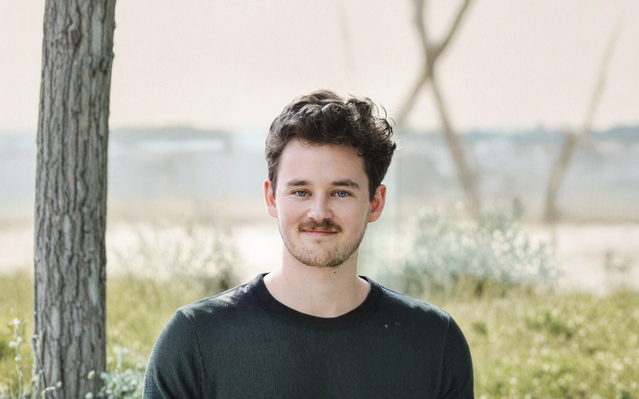I’m a group leader and evolutionary biologist working at the Gregor Mendel Institute (GMI) in Vienna, interested in how complex life evolved and how it functions today. Our current research focuses on a genetic process known as horizontal gene transfer which involves the movement of genes between different species and even across kingdoms of life. For example, we now know that animals, including humans, carry viral genes in their DNA. These genes play crucial roles in diverse biological functions from neuronal signalling to the formation of the placenta. In our lab, we’re especially interested in how genes from bacteria have influenced the biology and evolution of plants.
Remarkably, many defining features of plants, from their green pigmentation and photosynthetic ability to their thick cell walls and complex structures, are partly created using genes that plants acquired from bacteria. Our work aims to identify which bacteria these genes came from, how they ended up in plant genomes, and what roles they play today.
